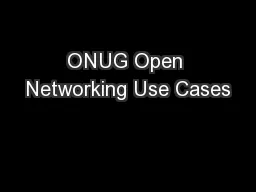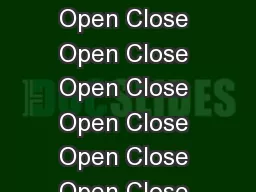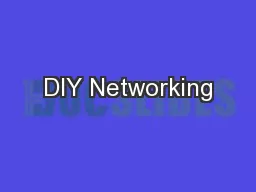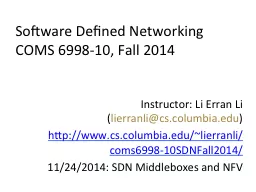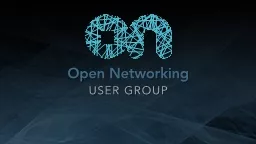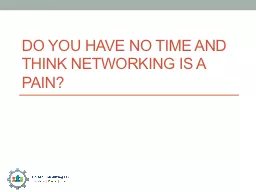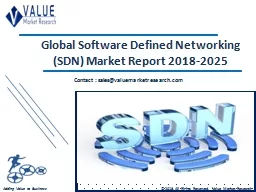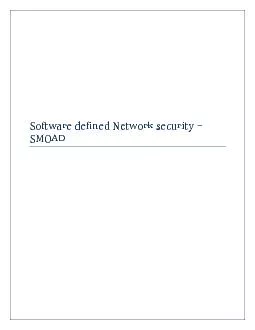PPT-ONUG Open Networking Use Cases
Author : tatyana-admore | Published Date : 2018-03-19
ONUG Working Group Traffic MonitoringVisibility POC Discussion Conference call on December 14 2015 230pm Central Today Discussion Where we are now What is the
Presentation Embed Code
Download Presentation
Download Presentation The PPT/PDF document "ONUG Open Networking Use Cases" is the property of its rightful owner. Permission is granted to download and print the materials on this website for personal, non-commercial use only, and to display it on your personal computer provided you do not modify the materials and that you retain all copyright notices contained in the materials. By downloading content from our website, you accept the terms of this agreement.
ONUG Open Networking Use Cases: Transcript
Download Rules Of Document
"ONUG Open Networking Use Cases"The content belongs to its owner. You may download and print it for personal use, without modification, and keep all copyright notices. By downloading, you agree to these terms.
Related Documents

